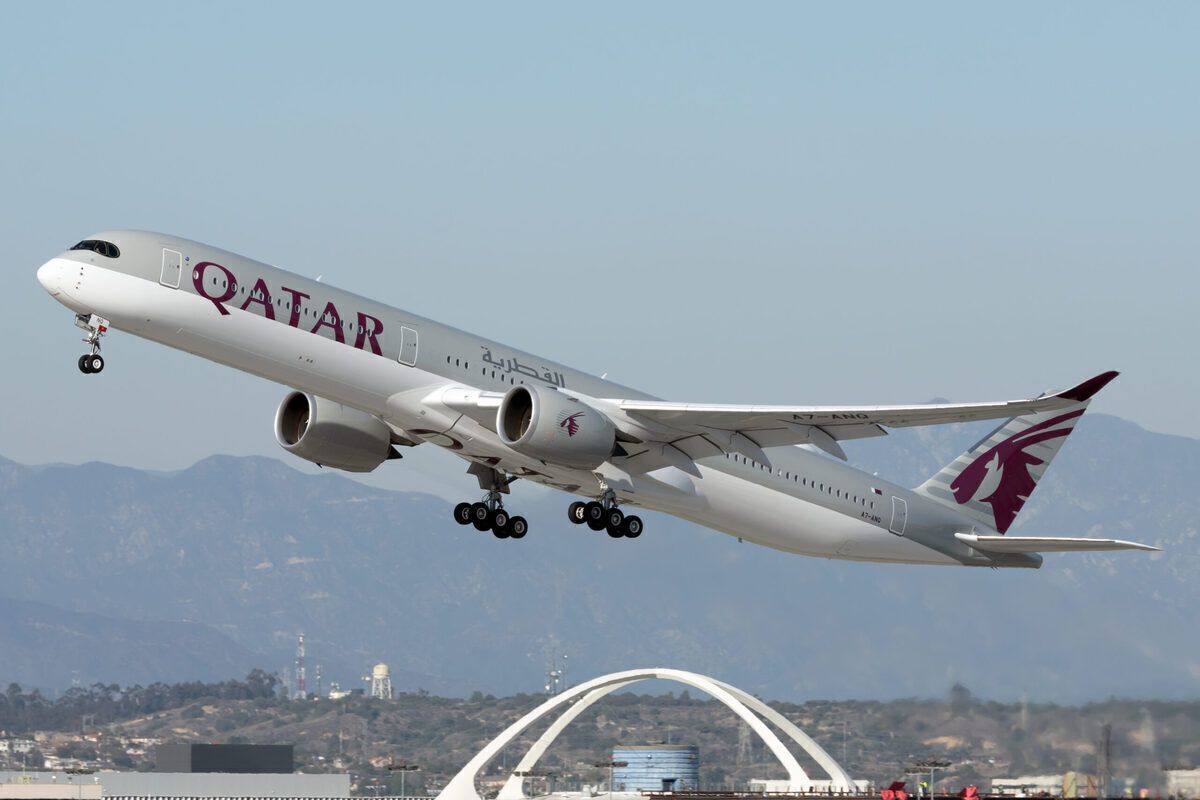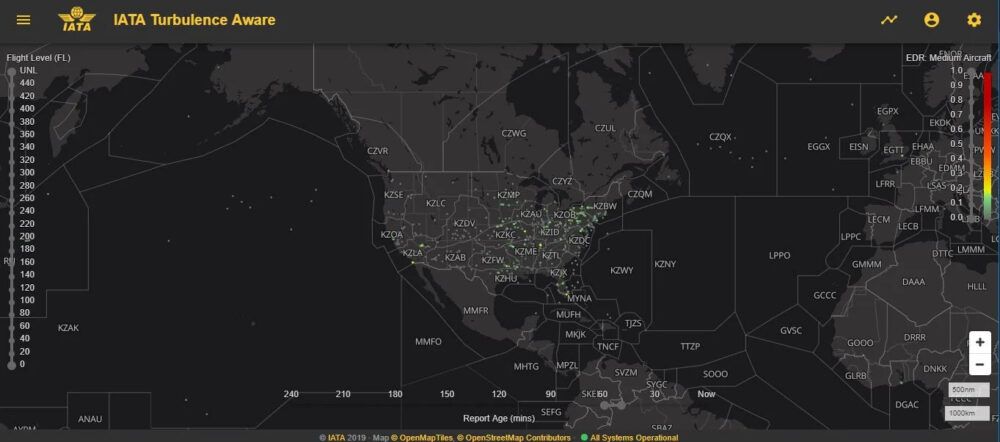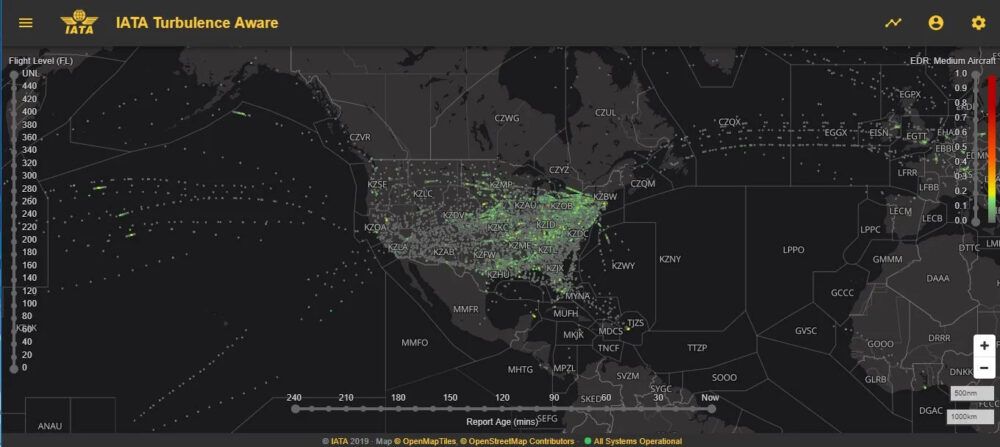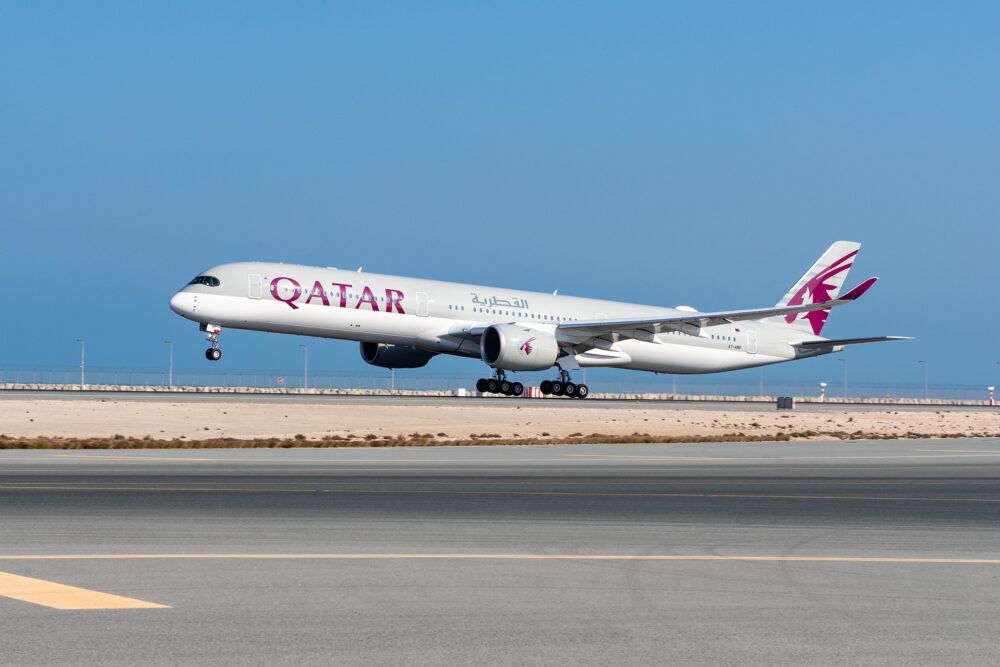Qatar Airways has become the first airline in the Middle East to join IATA's Turbulence Aware program. The system collects turbulence data from aircraft flying around the globe to help pilots identify the best path for flights, reducing fuel burn and safety incidents. The program first launched in 2018 and is now fully operational, with 1,500 planes reporting real-time weather information.
First
In a statement today, IATA announced that it officially has a new full member of the Turbulence Aware Platform. Qatar Airways has joined the platform with effect from today, after being a participant since the platform rolled out in December 2018. The membership also makes Qatar the first Middle Eastern carrier to join, although Saudia is also listed as an involved airline on IATA's website.
Turbulence Aware is IATA's response to increasing turbulence and the inefficient ways of monitoring it currently available. The increase in turbulence has resulted in more safety incidents involving crew and passengers, decreased traveler confidence, and higher fuel burn due to changing altitudes and paths to avoid turbulence.
To provide real-time data, Turbulence Aware uses information coming directly from the aircraft of member airlines. This means that as the number of planes in the sky increases, more accurate data will become available. This allows pilots to choose the most optimal routes to keep travelers and crew safe while minimizing fuel burn.
Important
The addition of Qatar Airways will be a boost since it provides more turbulence data from the Middle East. Moreover, the platform will help airlines move closer toward their sustainability goals by reducing fuel usage.
In a statement, Qatar CEO H.E. Akbar Al Baker said,
"With safety and environmental sustainability as our top priority, we show our commitment towards responsible flying. We continue to innovate as one of the world’s leading airlines by adopting this new solution that combines technology and big data for more efficient flight planning not only to ensure a smooth journey, but also to reduce fuel burn, in turn lowering our carbon emissions. To make flying safer and more sustainable, the airline industry must leverage such digital innovations, and work together to share turbulence data for more precise forecasting.”
In total, 15 airlines globally are now participating in the Turbulence Aware Platform. This includes the likes of Delta, Southwest, United, Korean Air, China Airlines, ANA, Lufthansa, easyJet, Aer Lingus, and several others. This gives the platform data from over 1,500 planes around the globe, with more joining soon.
Stay informed: Sign up for our daily and weekly aviation news digests.
Key
Turbulence is the leading cause of non-fatal injuries to cabin crew and passengers, making minimizing it a priority for airlines. While most incidents cause minor discomfort to passengers, some can lead to serious injuries for many passengers.
Platforms like IATA's will allow more flights to avoid turbulence, protecting those onboard, and providing additional benefits through lower fuel burn. Expect to see more airlines join in the coming months as the platform's usage continues to increase.




